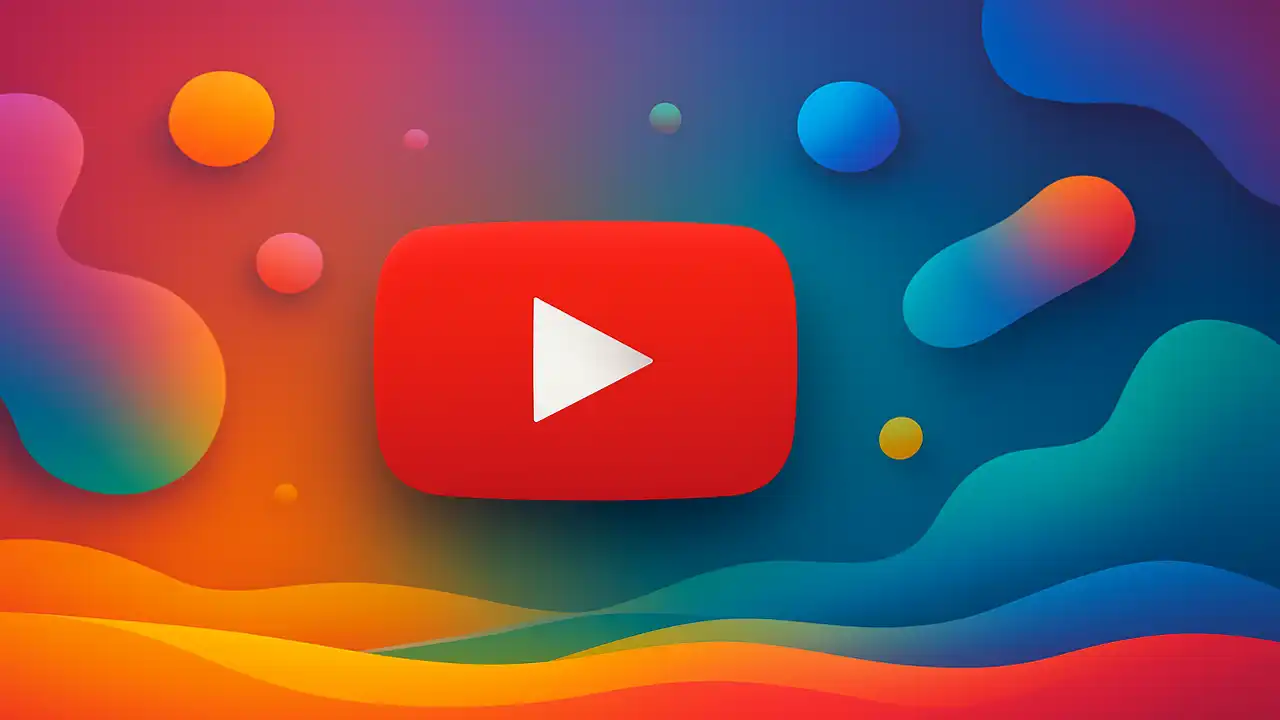Learn how to set up your YouTube channel in 2025 with this comprehensive beginner’s guide. Discover essential steps, SEO tips, and optimization techniques for creating a successful, discoverable YouTube presence.
Complete Beginner's Guide to YouTube Channel Setup (2025 Update)

Introduction: Why Setting Up a YouTube Channel Matters in 2025
In today's digital world, YouTube remains one of the most powerful platforms for content creators, businesses, and influencers. Whether you want to share your passion, build a brand, or earn revenue, setting up a YouTube channel is the first crucial step. This Complete Beginner's Guide to YouTube Channel Setup (2025 Update) will walk you through everything you need to launch your channel successfully.
With over 2 billion logged-in monthly users, YouTube offers unparalleled reach. Understanding how to set up your channel properly is essential to maximizing visibility and engagement. This guide covers every aspect — from choosing a channel name, customizing your profile, to optimizing for search engines. By the end, you’ll have a clear roadmap for creating a thriving YouTube presence in 2025.
Keywords: YouTube channel setup 2025, how to start a YouTube channel, beginner guide YouTube, YouTube SEO tips, YouTube channel optimization
Detailed Explanation: Understanding the Essentials of YouTube Channel Setup
Detailed Explanation: Understanding the Essentials of YouTube Channel Setup
Step 1: Creating Your Google Account
Since YouTube is a Google product, you need a Google account to start. If you don’t have one, sign up at accounts.google.com. Choose a professional and relevant email address that aligns with your channel’s branding.
Step 2: Setting Up Your YouTube Channel
Once logged into YouTube with your Google account, navigate to YouTube Studio and click on "Create a channel." You can either create a personal channel or a brand account. For businesses or creators planning to grow, a brand account is often better because it allows multiple users to manage the channel.
Step 3: Choosing a Channel Name
Your channel name should be:
- Memorable and easy to spell
- Reflective of your niche or content focus
- Unique to avoid confusion and copyright issues
Use keyword research tools like Google Trends or YouTube’s search bar suggestions to find popular keywords related to your niche and incorporate them naturally in your channel name if possible.
Step 4: Designing Your Channel Art and Logo
Your channel art (banner) and logo are the first impressions. Use tools like Canva or Adobe Spark to create high-quality images with the recommended dimensions:
- Channel banner: 2560 x 1440 pixels
- Profile picture/logo: 800 x 800 pixels
Ensure your images are optimized for fast loading by compressing them without losing quality. Add descriptive Alt Text using keywords like “YouTube channel banner for [niche]” for better SEO.
Step 5: Writing Your Channel Description
The description is crucial for SEO and attracting subscribers. Use natural language that incorporates your primary and long-tail keywords, such as "how to start a YouTube channel for beginners" or "best tips for YouTube content creators." Explain what your channel is about, the type of content you’ll upload, and your posting schedule.
Step 6: Adding Contact Information and Links
Include links to your website, social media, or online store. This builds your digital ecosystem and improves credibility. You can add these in the “About” section and under the channel banner.
Practical Tips and Techniques for Optimizing Your Channel Setup
Optimize Your Channel Trailer
Create a short, engaging trailer that introduces new visitors to your channel. Highlight what they can expect and include a clear call-to-action (CTA) to subscribe.
Create Playlists Strategically
Organize videos into playlists based on themes or series. This improves watch time and helps YouTube’s algorithm recommend your content.
Enable Channel Keywords
In YouTube Studio, add channel keywords related to your niche to improve discoverability.
Customize Your URL
Once your channel has 100 or more subscribers, claim a custom URL that matches your brand name.
Verify Your Channel
Verification unlocks additional features like longer video uploads and custom thumbnails. To verify, go to youtube.com/verify and follow the instructions.
Internal and External Linking Best Practices
Internal and External Linking Best Practices
To improve your SEO, link to your related videos and playlists within your video descriptions and pinned comments. Also, link to authoritative external sources when you reference facts or data—this adds credibility and can boost SEO rankings.
For example, link internally to your tutorial videos and externally to YouTube's official Creator Academy (creatoracademy.youtube.com) or trusted SEO blogs.
SEO and Optimization Tips for Your YouTube Channel
- Meta Descriptions: Write concise, keyword-rich video descriptions to improve ranking.
- Tags: Use relevant tags to help YouTube understand your content.
- Thumbnails: Design eye-catching thumbnails with keywords in the Alt Text.
- Closed Captions: Add subtitles or captions to increase accessibility and engagement.
- Engagement: Encourage viewers to like, comment, and share your videos to boost algorithm signals.
- You can use the free and excellent tool, analyzevid, for this task.
Image Use and Optimization
Use high-quality images in your thumbnails and channel art. Every image must have keyword-rich Alt Text to assist search engines in indexing your content properly. For example, “Custom thumbnail for beginner’s guide to YouTube channel setup 2025.”
Conclusion and Call to Action (CTA)
Setting up a YouTube channel correctly is your foundation for online success. By following this 2025 updated guide, you ensure your channel is not only professional but also optimized for discoverability and growth.
Ready to start your YouTube journey? Create your channel today, apply these tips, and watch your audience grow.
Continuous Improvement and Analysis
Remember, YouTube success requires ongoing learning and optimization. Regularly analyze your channel analytics to understand viewer behavior. Test different video lengths, posting times, and content types. Update your keywords and thumbnails based on performance data to keep your channel relevant and growing